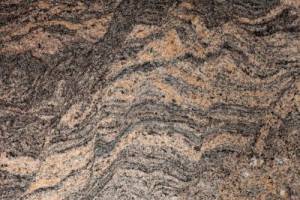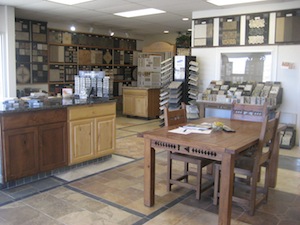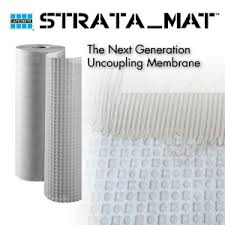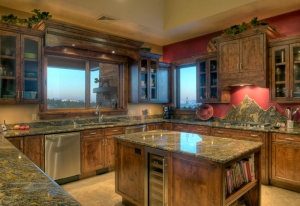Porcelain and ceramic tiles are timeless and have been used across the centuries and across the world, with the earliest known man-made ceramics dating back to 24,000 BC in the Czech Republic. The term “ceramic” is generally used to describe objects made from different varieties of clay that are then fired in a kiln and porcelain falls within this category, although it is distinct in its chemical and mineral composition. Porcelain derives its name from the Italian word porcellana, “cowrie shell,” because of its translucent resemblance to a shell’s surface. Developed in China, the unique composition of porcelain gives it considerable strength, hardness, and its signature translucence. Porcelain is also considered to be ceramic, and within the tile industry they are often extremely comparable products with a few variations that may include the following differences:
PORCELAIN
Formed from quartz, clay and feldspar and fired at high heats, porcelain has fewer impurities than typical ceramic tile and maintains a lesser water absorption rate. It is denser and less porous than most ceramic clays, making it a harder and more impervious tile option. More suited for heavy usage areas due to its through-body composition, it is less likely to chip and is overall a more durable material. While the durability of porcelain is superior to that of ceramic tile, it is also far less forgiving when it comes to cutting versus the softer composition of ceramic. Because of its greater durability and more involved manufacturing process, porcelain tile will almost always carry a higher price than ceramic.
CERAMIC
Formed primarily from clay, sand, feldspar, quartz and water, ceramic tiles are fired at a lower heat than porcelain and are generally considered to be lesser in density and durability. But that should not suggest that ceramic tiles offer inferior quality. They are more porous than porcelain and have the potential for more impurities, but ceramic tile is an excellent investment for lower usage areas or for the DIY home improvement renovation. Ceramic tiles offer greater ease for cutting and installation as well as often being significantly less expensive.



